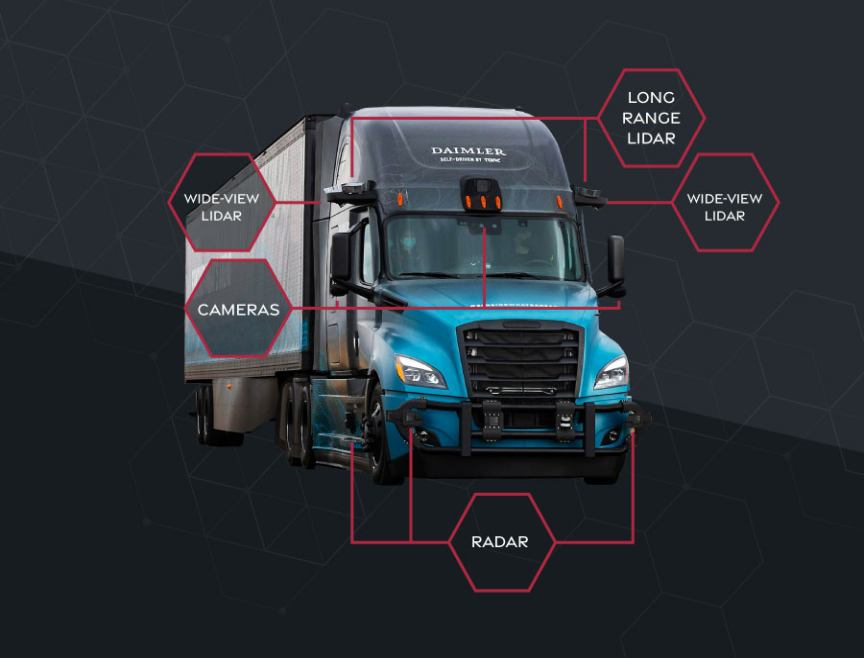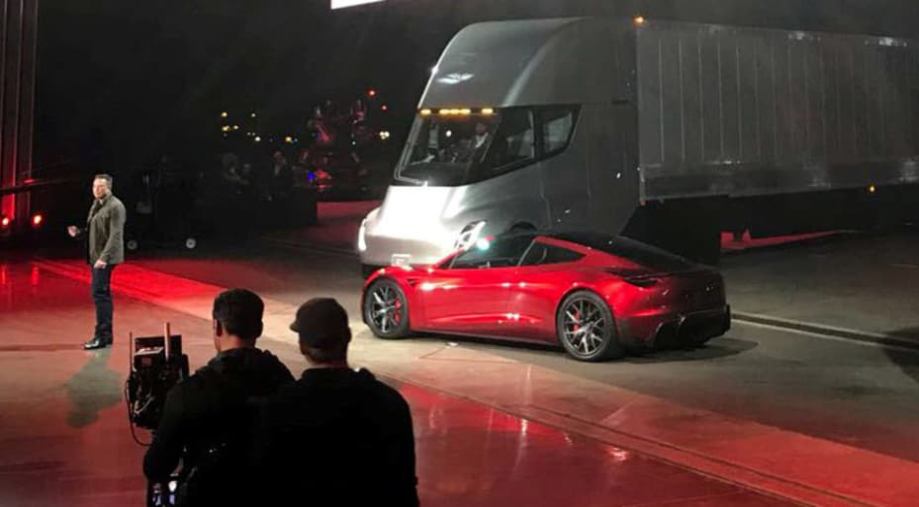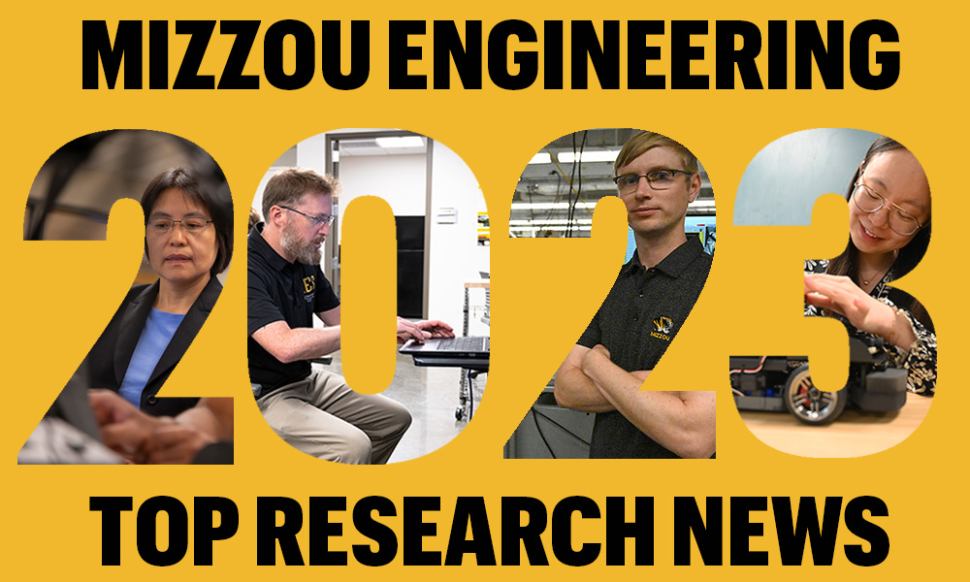The Future Beckons: Self-Driving Trucks on the Horizon
Industry Insights on Autonomous Trucking
The evolution of self-driving trucks is no longer a distant dream. With rapid advancements in technology, these autonomous giants are set to redefine the logistics and transportation industry. Companies are investing billions in research and development to bring these futuristic vehicles to the roads, aiming to boost efficiency, reduce costs, and enhance safety.
Autonomous trucks are equipped with an array of sophisticated sensors, cameras, and artificial intelligence systems that allow them to navigate roads without human intervention. This technology promises to address some of the biggest challenges in the trucking industry, such as driver shortages and long-haul fatigue.

One of the key players in this space is Tesla, which has been making headlines with its self-driving technology. Their electric semi-trucks are designed to offer a sustainable and efficient alternative to traditional diesel trucks. Tesla’s autonomous trucks are expected to reduce operational costs significantly while minimizing environmental impact.
Benefits of Autonomous Trucks
The benefits of self-driving trucks are manifold. For starters, they can operate around the clock, unlike human drivers who require rest breaks. This capability can lead to faster delivery times and increased productivity. Additionally, autonomous trucks are programmed to follow traffic rules and drive more efficiently, reducing the risk of accidents caused by human error.
Another advantage is the potential cost savings. Without the need for a human driver, companies can save on labor costs and related expenses. Moreover, these trucks are designed to optimize fuel consumption, leading to further cost reductions.

Challenges and Concerns
Despite the numerous benefits, there are several challenges and concerns that need to be addressed before self-driving trucks become mainstream. One of the primary concerns is safety. While autonomous technology has made significant strides, it is not yet foolproof. There have been instances where self-driving vehicles have been involved in accidents, raising questions about their reliability.
Another challenge is the potential job loss for truck drivers. The trucking industry employs millions of people worldwide, and the advent of autonomous trucks could lead to widespread unemployment. However, some experts argue that new job opportunities will emerge in areas such as truck maintenance and fleet management.
Regulatory hurdles also pose a significant challenge. Governments around the world are grappling with how to regulate autonomous vehicles to ensure they are safe for public roads. Developing a comprehensive regulatory framework that balances innovation with safety is crucial for the successful integration of self-driving trucks.
Technological Innovations Driving the Industry
Several technological innovations are driving the development of self-driving trucks. These include advancements in artificial intelligence, machine learning, and sensor technology. AI algorithms play a crucial role in enabling autonomous trucks to make real-time decisions based on data from their surroundings.
Machine learning allows these trucks to learn from their experiences and improve their performance over time. For example, by analyzing data from past trips, an autonomous truck can optimize its route and driving patterns to enhance efficiency.

Sensor technology is another critical component. Lidar, radar, and cameras work together to provide a comprehensive view of the truck’s environment. These sensors can detect obstacles, read road signs, and monitor traffic conditions, enabling the truck to navigate safely and efficiently.
Collaboration Between Industry Giants
The development of self-driving trucks is not a solo endeavor. Many companies are collaborating to pool their resources and expertise. For instance, technology firms are partnering with traditional truck manufacturers to integrate autonomous systems into existing truck models. This collaboration is accelerating the pace of innovation and bringing self-driving trucks closer to reality.
One notable collaboration is between Waymo, a leader in autonomous driving technology, and major truck manufacturers. By combining Waymo’s expertise in AI and machine learning with the manufacturing capabilities of traditional truck makers, they are creating state-of-the-art self-driving trucks that are poised to revolutionize the industry.
Environmental Impact
The environmental impact of self-driving trucks is another important consideration. These trucks have the potential to reduce greenhouse gas emissions significantly. By optimizing driving patterns and reducing idle times, autonomous trucks can lower fuel consumption and decrease carbon emissions.
Furthermore, the shift towards electric self-driving trucks, like those being developed by Tesla, can contribute to a greener future. Electric trucks produce zero tailpipe emissions, reducing air pollution and dependence on fossil fuels.
The Road Ahead
The future of self-driving trucks is undoubtedly exciting, but it is also filled with uncertainties. The pace of technological advancements, regulatory changes, and societal acceptance will all play a role in shaping the trajectory of this industry.
As companies continue to invest in research and development, we can expect to see more pilot programs and real-world deployments of autonomous trucks. These initiatives will provide valuable insights and help address the challenges that currently stand in the way of widespread adoption.
Ultimately, the success of self-driving trucks will depend on the ability of industry stakeholders to work together and navigate the complex landscape of technological, regulatory, and societal challenges. With continued innovation and collaboration, the dream of autonomous trucking could soon become a reality, transforming the logistics and transportation industry for the better.
Another significant aspect of the self-driving truck revolution is public perception and societal adaptation. The notion of large, driverless vehicles cruising down highways can be both exciting and daunting to the general public. Building trust in this technology will require transparent communication from companies and regulators. Public awareness campaigns, demonstrations, and educational initiatives will be essential to help people understand how these vehicles work and the safety measures in place to ensure their reliability.
Moreover, the insurance industry will have to adapt to this new paradigm. Traditional insurance models are built around human error and liability. With autonomous trucks, the focus will shift towards product liability and software reliability. Insurers will need to develop new policies and frameworks to address these changes, ensuring that both companies and the public are adequately protected.
Furthermore, the infrastructure supporting self-driving trucks will need to evolve. Roads, highways, and urban environments will require upgrades to accommodate autonomous vehicles. This includes the implementation of smart traffic signals, dedicated lanes, and enhanced communication networks to facilitate seamless interaction between self-driving trucks and existing traffic systems. Investment in such infrastructure will be critical to unlocking the full potential of autonomous trucking.
Another intriguing development is the potential for self-driving trucks to revolutionize supply chain logistics. With their ability to operate 24/7, these vehicles could enable just-in-time delivery on an unprecedented scale. Businesses could maintain lower inventory levels, reducing storage costs and improving efficiency. The ripple effect of such advancements could lead to faster delivery times for consumers, lower prices for goods, and a more resilient supply chain overall.
Additionally, the data generated by self-driving trucks will be invaluable. These vehicles will collect vast amounts of information about traffic patterns, road conditions, and delivery efficiencies. Analyzing this data can provide insights that further optimize logistics, reduce congestion, and enhance urban planning. The integration of big data and autonomous trucking could usher in a new era of smart logistics, where every aspect of the supply chain is fine-tuned for maximum efficiency.
It’s also worth noting the potential for self-driving trucks to enhance global trade. Autonomous technology can streamline cross-border logistics, reducing delays caused by driver rest periods and regulatory differences. With standardized autonomous systems, trucks can seamlessly transition between countries, improving the flow of goods and boosting international commerce. This could be particularly beneficial for regions heavily reliant on trade, such as Europe and North America.
In conclusion, the advent of self-driving trucks represents a turning point in the transportation and logistics industry. While challenges remain, the potential benefits in terms of efficiency, safety, cost savings, and environmental impact are too significant to ignore. As technology continues to advance and societal acceptance grows, we are likely to witness a gradual but transformative shift towards autonomous trucking. The road ahead may be complex, but with innovation, collaboration, and careful planning, the future of self-driving trucks looks promising and bright.










